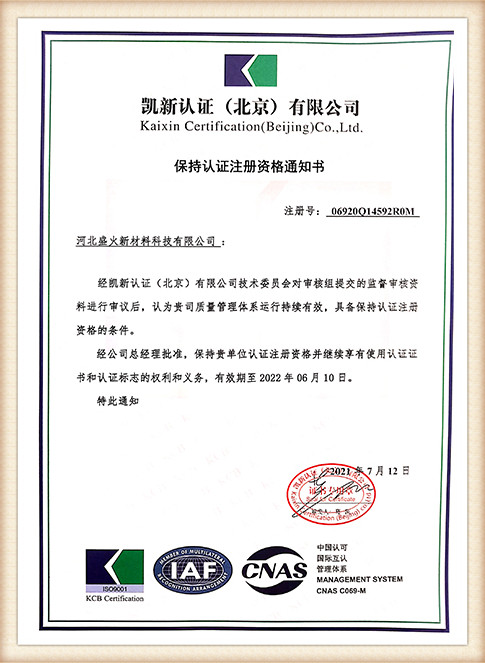Advantages of Sand Casting Process
Sand casting is one of the oldest and most versatile metal casting processes, widely utilized in the manufacturing industry for producing complex shapes and large components. This method involves creating a mold from sand, which is then filled with molten metal to create the desired parts. Despite the emergence of various modern casting techniques, sand casting continues to be favored due to its numerous advantages.
Advantages of Sand Casting Process
Another notable benefit of sand casting is its ability to produce intricate shapes and large components. The flexibility of sand molds allows for the casting of complex geometries that may be challenging to achieve with other methods. Moreover, sand casting can accommodate a wide array of sizes, from small intricate pieces to large heavy components, making it suitable for industries ranging from automotive to aerospace.
advantages of sand casting process

Sand casting also provides excellent design freedom. This process allows for relatively thick or thin sections, as well as the integration of cores, to create internal cavities and complex features. The ability to produce diverse shapes without extensive redesign or tooling changes makes sand casting an ideal choice for innovative and customized products.
Additionally, the sand casting process is highly adaptable to different metals and alloys, including aluminum, bronze, iron, and steel. This versatility means manufacturers can choose the most suitable material for their specific applications, ensuring optimal performance and durability of the final product.
The environmental impact of sand casting is relatively low compared to other casting methods. Sand is a reusable material—once a mold is created and metal is cast, the sand can often be reclaimed and reused for future molds. This reduces waste and minimizes the need for new materials, aligning with modern sustainability practices.
In conclusion, the sand casting process offers a wealth of advantages that make it an enduring choice in the manufacturing sector. Its cost-effectiveness, capacity for creating complex shapes, design flexibility, adaptability to various metals, and environmentally friendly characteristics position sand casting as an essential technique for producing high-quality components efficiently. As industries continue to seek innovative solutions, sand casting remains a reliable and valuable method to meet diverse production needs.
Post time:అక్టో . 31, 2024 18:43
Next:Creative Applications of 3D Printed Sand in Modern Architecture and Design
